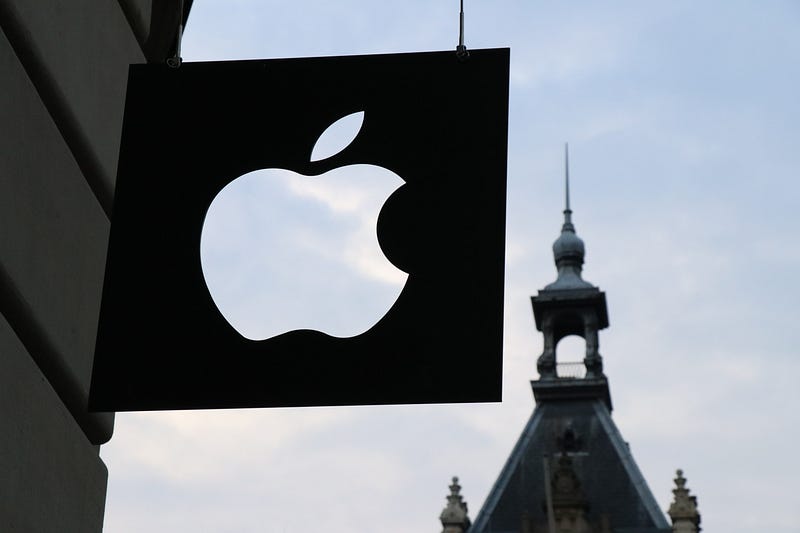Apple's Ingenious Marketing Approach That Earned $65 Billion
Written on
Chapter 1: The Evolution of Portable Music
In the past, enjoying music while on the move required lugging around a bulky Walkman and a hefty collection of CDs.

Photo by Willian Justen de Vasconcellos on Unsplash
It's hard to believe how far we've come since the early 2000s. The introduction of MP3 players revolutionized the way we listened to music, allowing us to carry our entire libraries in our pockets without the back strain. But the real game-changer was the arrival of the iPod.
This iconic device transformed the music landscape, placing an entire collection at our fingertips (quite literally). Apple recognized the shortcomings of existing MP3 players, which were either "too bulky" or "too ineffective," often equipped with user interfaces that left much to be desired. With this in mind, they developed the iPod, setting out to transform the MP3 player market.
To date, Apple has sold around 450 million iPods, solidifying its impact on portable music devices. However, the fascinating part of this narrative lies in how Apple cleverly penetrated the MP3 market, which was largely dominated by the Walkman at that time.
How did they achieve such remarkable success?
When I reflect on this, I envision a team of marketing visionaries collaborating with Steve Jobs to devise innovative strategies. Perhaps this depiction is overly romanticized, yet it feels plausible. The mastermind behind the marketing plan was undoubtedly exceptional. Why? Because they utilized a straightforward marketing approach that made them stand out.
Recall the first iPod advertisement?
The striking silhouette of an individual enjoying music on the iPod created a powerful visual identity for the brand. But this was just the beginning. In a market filled with predominantly dark-hued MP3 players, Apple's choice of a white device made it unique. This contrast with the black screen and buttons not only enhanced visibility but also made the product more appealing.

Photo by Medhat Dawoud on Unsplash
Delving deeper into marketing psychology reveals even more insights. The use of white in branding and product design fostered an air of exclusivity. The color white typically symbolizes luxury and premium quality; by incorporating it into the iPod's design, Apple successfully positioned the device as a high-end product.
Moreover, the white color reinforced Apple's image as a brand that embodies simplicity, elegance, and modernity. This aligns with Apple's overall branding philosophy, which consistently emphasizes these attributes. Apple recognized that their products outperformed competitors in terms of design and user experience, elevating MP3 players to a new standard.
All they needed to accomplish was to convey the message that their product was distinct. They did this in a straightforward manner.
Sometimes, the simplest solutions are the most effective. This principle also applies to marketing; many companies often overcomplicate their advertisements and strategies. While innovation is important, this case exemplifies how minimalism can lead to success.
Think of simple marketing strategies as the timeless little black dress of the business world—they never go out of fashion. While you could opt for something extravagant, like a sequined jumpsuit, it might just lead to chaos.
If you’re a writer, consider exploring my template that has significantly enhanced my creativity and writing abilities.
Would you like to discover more captivating articles on Medium? Consider signing up for a Medium membership using this link!
Chapter 2: The Genius of Apple's Marketing Strategy
Apple's marketing genius is evident in their ability to create a compelling narrative around their products.
The first video titled "Apple's Genius $2.65 Trillion Marketing Strategy" delves into the strategies that led Apple to immense financial success, showcasing their innovative approach to marketing.
Apple's marketing strategy is not just clever; it is brilliant.
The second video, "Apple's Marketing Strategy is Genius," illustrates how Apple's methods have set benchmarks in the industry, emphasizing the importance of simplicity and clarity in marketing.